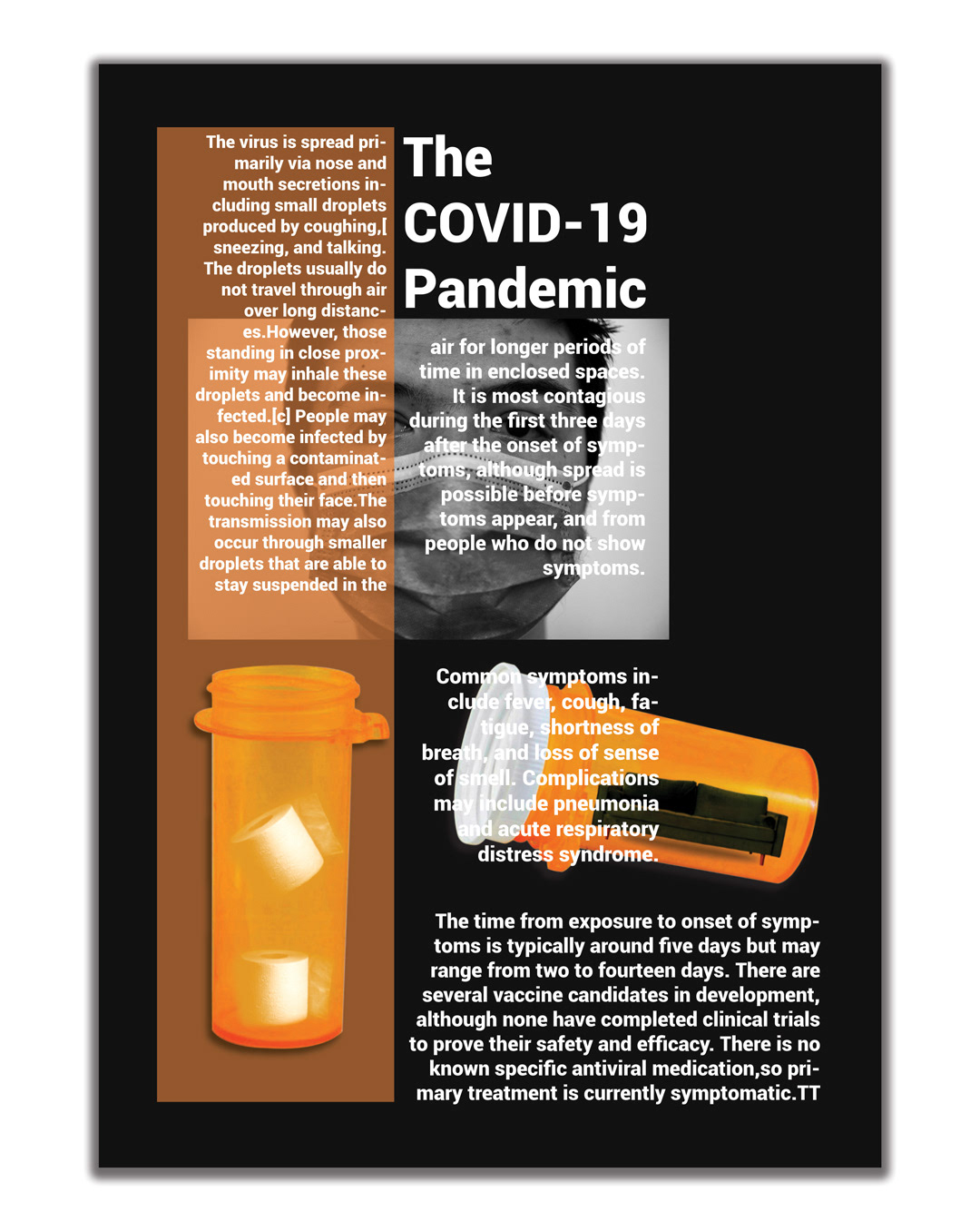




On 31 December 2019, the World Health Organization (WHO) received reports of a cluster of viral pneumonia cases of unknown cause in Wuhan, Hubei, and an investigation was launched at the start of January 2020.On 30 January, the WHO declared the outbreak a Public Health Emergency of International Concern (PHEIC)—7,818 cases confirmed globally, affecting 19 countries in five WHO regions.
Several early infected people had visited Huanan Seafood Wholesale Market; the virus is therefore thought to be of zoonotic origin.The virus that caused the outbreak is known as SARS‑CoV‑2, a newly discovered virus closely related to bat coronaviruses, pangolin coronaviruses, and SARS-CoV.The scientific consensus is that COVID-19 has a natural origin.The probable bat-to-human infection may have been among people processing bat carcasses and guano in the production of traditional Chinese medicines.
The earliest known person with symptoms was later discovered to have fallen ill on 1 December 2019, and that person did not have visible connections with the later wet market cluster.Of the early cluster of cases reported that month, two-thirds were found to have a link with the market.On 13 March 2020, an unverified report from the South China Morning Post suggested a case traced back to 17 November 2019 (a 55-year-old from Hubei) may have been the first person infected.




